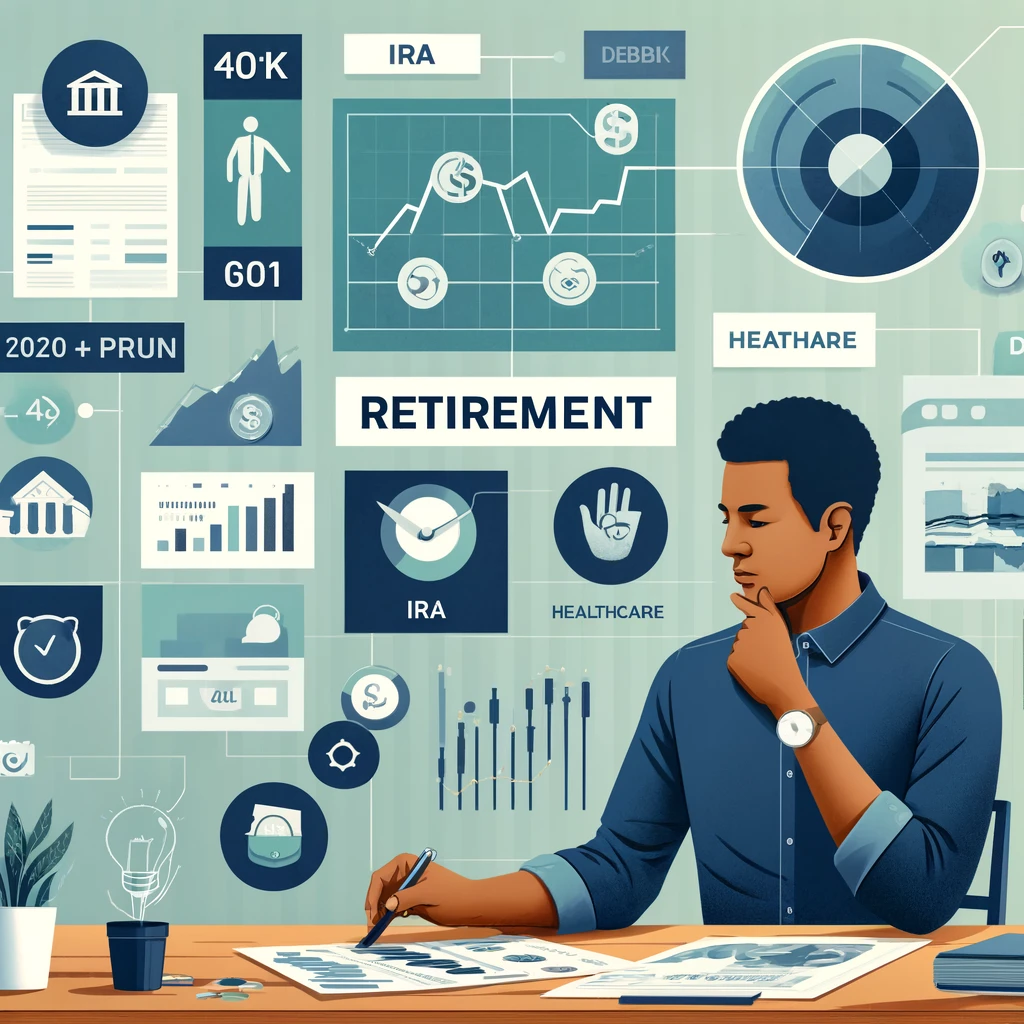Planning for retirement might seem premature in your 30s, but starting early is one of the most effective ways to secure your financial future. By taking strategic steps now, you can leverage the power of compound interest, minimize investment risks, and ensure a comfortable retirement. Here’s how you can get on the right path with your retirement planning during this crucial decade of your life.
Understand Your Retirement Needs
The first step in planning for retirement is understanding how much money you’ll need. This depends on various factors, including your lifestyle expectations, health considerations, and inflation rates. A common rule of thumb is to aim for a retirement fund that is 25 times your annual expenses by the time you retire. Start by calculating your current expenses and project future needs considering inflation and changes in living standards.
Start Saving and Investing Early
The earlier you start saving, the more time your money has to grow through compound interest. Here’s a simple example: if you start saving $500 a month at 30 with an average annual return of 7%, you’ll have over $566,000 by the time you’re 65. However, if you start at 40, you’ll only accumulate around $245,000.
- 401(k) Plans: If your employer offers a 401(k) plan, make sure you contribute enough to qualify for any matching funds. It’s essentially free money and a return on your investment you cannot afford to miss.
- IRAs: Consider opening an Individual Retirement Account (IRA). There are two types: Traditional IRAs and Roth IRAs, each with distinct tax advantages depending on your current and future income levels.
- Automate Savings: Automate your savings to ensure you consistently contribute to your retirement fund. Over time, these automatic deposits can build up significantly.
Diversify Your Investments
Avoid putting all your retirement savings in one basket. Diversification can help manage risk and reduce the volatility of your asset pool. While stocks may offer high returns, they come with higher risks, so balancing your portfolio with bonds or real estate can provide stability. Consider speaking with a financial advisor to tailor an investment strategy that suits your risk tolerance and financial goals.
Plan for Healthcare
Healthcare is one of the most significant expenses in retirement. Start planning how you will manage healthcare costs, which are likely to increase as you age. If available, consider investing in a Health Savings Account (HSA), which provides tax advantages for medical expenses.
Pay Off Debt
Entering retirement debt-free should be a priority. High-interest debt, like credit card debt, can severely hamper your ability to save for retirement. Focus on paying off high-interest debts first, and then tackle lower-interest obligations, like student loans or a mortgage.
Review and Adjust Regularly
Retirement planning is not a “set it and forget it” process. Review your plan at least annually or after significant life changes (like a change in employment, marital status, or the birth of a child). As you approach your 40s and beyond, you might need to adjust your savings rates or investment choices based on current economic conditions and your financial performance.
Conclusion
While planning for retirement in your 30s might seem daunting, the steps you take today can profoundly impact your financial security later in life. By understanding your retirement needs, starting early, diversifying your investments, planning for healthcare, eliminating debt, and adjusting your plan as needed, you can build a robust financial foundation for the future. Remember, the best time to start planning for retirement is always now.



